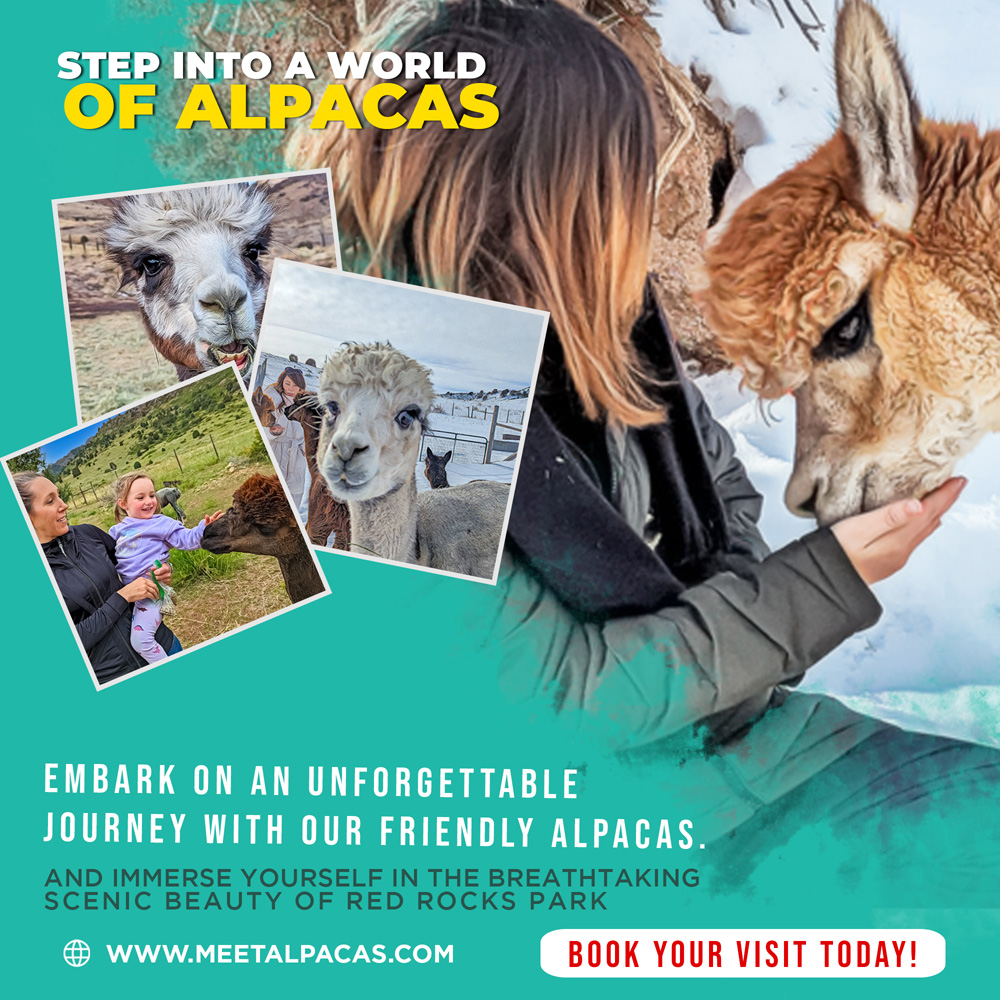Top London holiday attractions and taxi airport transfers services: London City Airport is accessible, with ramps and lifts wherever necessary, accessible toilets and changing rooms, dedicated parking spaces, and reserved seating areas. The airport also offers comprehensive special assistance for people with reduced mobility or hidden disabilities to ensure a comfortable experience. The assistance service includes assistance with accessing transport and car parks, as well as help with check-in, security screening, boarding, baggage collection, customs, immigration, and connecting flights. To book special assistance, you must inform your airline or tour operator at the time of booking or up to 48 hours before you’re due to take off. Alternatively, assistance can be arranged upon arrival at the airport by visiting the Information Desk inside the terminal entrance. Just keep in mind that you may end up waiting a while as those who book in advance get priority. Read additional information on Taxi Southend to Heathrow.
The world’s largest antiques market, on a pastel-painted, picturesque shopping street in Notting Hill – now traffic-free for socially distanced browsing. Although home to fruit and veg stalls too, Portobello Market is best known for the antiques and bric-à-brac stalls featuring at the Chepstow Villas end of the road. Don’t be fooled by the fold-out tables – this isn’t cheap tat and there are some serious treasures here. For more secondhand goodies, head further up the road, beyond the Westway. The market at its antiquey best. Sections of the market are open six days a week but for vintage treasures, brave the crowds and go browsing on a Saturday.
If you only have time to visit one smaller city in England, you couldn’t do much better than Bath. This remarkably beautiful city in Somerset boasts more fantastic tourist attractions than you could hope to visit in a day. While most famous for the magnificent 2,000-year-old Roman Baths built around the city’s rejuvenating hot springs, it’s equally well known for its honey-colored Georgian Townhouses, such as those located on Royal Crescent. Some 500 of the city’s buildings are considered of historical or architectural importance, a fact that has resulted in the entire city being granted World Heritage status. Bath makes an ideal location from which to explore some of England’s most stunning countryside, including the Avon Valley, the Mendip Hills, and countless other fantastic Somerset landmarks.
Hailed as the anti-theme-park, Bewilderwood offers an unplugged experience full of fantasy and adventure. Explore treehouses, zip-wires, rickety bridges and meet some of the mystical creatures who inhabit the woods. Parents are encouraged to find their inner child and get stuck into the adventure too! Located just a 30 minute drive from Glasgow, Loch Lomond Centre offers visitors the chance to see some rare birds of prey in an up-close and personal setting. There are 35 species of birds and plenty of opportunities to meet them and enjoy a hands-on educational experience.
You could also soak up some culture at London museums, visit the Queen at Buckingham Palace, or take the perfect picture with Big Ben, just some of the many iconic places to go in London. The top 10 free London attractions list is based on visitor numbers: start your sightseeing in London now with these popular spots. Don’t miss out on some of London’s best attractions during busy times. Book online to avoid the queues at the top 10 bookable London attractions and get fast-track tickets and easy access to London’s sights. Discover additional details at skybridgecars.com.
Heathrow Airport has its own App! You can download the App for free. This provides you with information about your journey, such as flight updates. Plus, here you’ll find the Heathrow Airport Map to help you find your way around the duty-free shops and locate your favorite place for a bite to eat. If you have any questions while you’re in the airport, you can always Tweet the social media team @HeathrowAirport. The nice people at Heathrow will provide you with information about everything from updates about your flight and where to get the best pizza.
This awe-inspiring Romanesque cathedral sits next to Durham Castle on a rocky outcrop above a loop in the River Wear and dominates the skyline in this charming medieval city. It’s of huge spiritual significance to Anglicans and is the resting place of two Anglo-Saxon religious figures: St Cuthbert and St Bede. Built in a Norman-style from the late 11th century, it is thought to be the only cathedral in England to retain almost all of its Norman craftsmanship. With its design based on the world-famous Sydney Harbour Bridge, the Tyne Bridge was unveiled on 10 October 1928 with King George V and Queen Mary in attendance. Hundreds of people lined the quay to watch the royal party cross the bridge in their horse-drawn carriage. Today, the magnificent steel and granite structure that links Newcastle and Gateshead is a symbol of Tyneside’s rich industrial past and one of the most celebrated landmarks of the North East.


